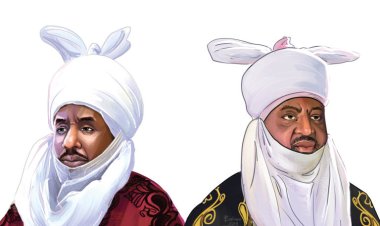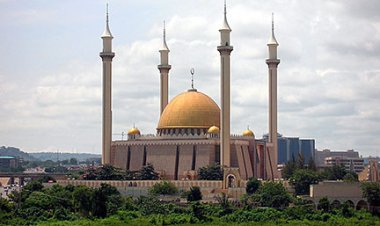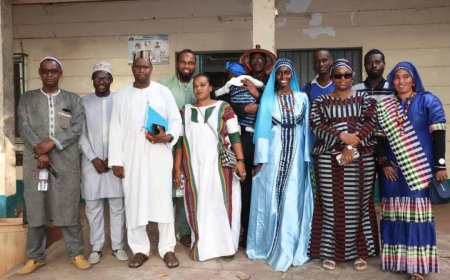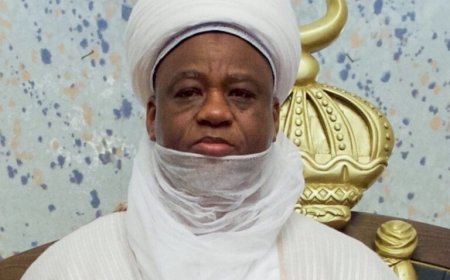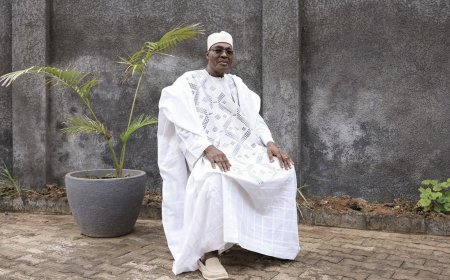FULANI, VILLAINS OR VICTIMS -2

Long before the first Europeans set foot on the coast of West Africa in 1471, under the patronage of a Portuguese, Prince Henry the Navigator, West Africa had been trading with North Africa through the trans Saharan trade routes that brought Islam first to Borno and then to Hausa land.
We need to understand that the tribes involved in bringing Islam to West Africa are North Africans who are Berbers or Amazigh not the Arabs. It is in East Africa that the Arabs brought Islam through the coastline of Mombasa in the present day Tanzania and Kenya. Berbers or Amazigh are a different racial group from the Arabs because they have their own distinct culture and tradition from the Arabs. Berbers are natives of not only Egypt but predominantly in Libya, Tunisia, Algeria, Morocco and Western Sahara. In fact in Egypt, Arabs constitute just 17% of the population while 68 percent of the indigenous population is from North Africa.
Again while Arabs are in the Middle East, Berbers are North African tribes who have distinct European features like blonde and red hair as well as blue and green eyes. On the other hand, Arabs are more Asian in appearance with black hair, brown or black eyes, and brown skin.
I brought in this here to distinguish not only Arabs from Berbers but to distinguish both tribes from the West African tribes. This can be clearly seen as the next layer of tribes down side of North Africa are the tribes of West Africa’s region that stretches from Mauritania (a country of white Moors and the black Moors) to Mali, Senegal, Burkina Faso, Niger Republic, Northern Nigeria, Chad and North Cameroon. This region is called the Sahel. It is in this region and in the Fouta area of Guinea (in South West Africa) that the Fulani tribe live with many others.
Two fundamental things connect the Fulani intrinsically with the tribes in the West African region -:
1. Geographically, the Fulani are a tribe indigenous to the West African territory. You see some Fulani outside of West Africa as a result of the culture of nomadism among them.
2. Linguistically, the Fulani are a group which is Niger-Congo by ethno-linguistic affiliation with Akan, Igbo, Kongo, Mande, Moore’, Yoruba, Zulu and Xhosa tribes located in West Africa, Central Africa, Southern Africa and East Africa.
interestingly, following from 1. above, unlike any other tribe in West Africa, because they were or are nomadic, the Fulani are found in twenty nations in Africa-from Mauritania and Senegal to Sudan, Ethiopia, and Kenya.
Having established that the Fulani are a West African tribe, I now move on to the issue of the relationship between the Fulani (before they became Muslims) who settled in the 13th and 16th century among the settled tribes in the Fouta area in the present day Guinea and the subsequent influx of Muslim Fulɓe from Macina, Mali that changed the fabric of society in the area.
We shall then look at the sedentary Fulani both in Fouta and in Hausa land and how they engaged in scholarly pursuit that helped organised a Jihad that changed the fabric of the society in both Fouta and in Hausa land and why the nomadic Fulani and the Hausa peasantry (foot soldiers in the Jihad movement) that remained isolated from the sedentary Fulani led to the situation the West African peoples and the region found itself today.
Depending on which side of the divide you may belong, it is my considered opinion that the effect of the Fulani Jihad in these areas founded a unified society from the fragmented societies in Guinea, the Senegal valley and in the present day Niger, Nigeria, Chad and North Cameroon as well as later in the Macina area now in Mali.
TO BE CONTINUED...
By Sadiq Ibrahim Dasin












